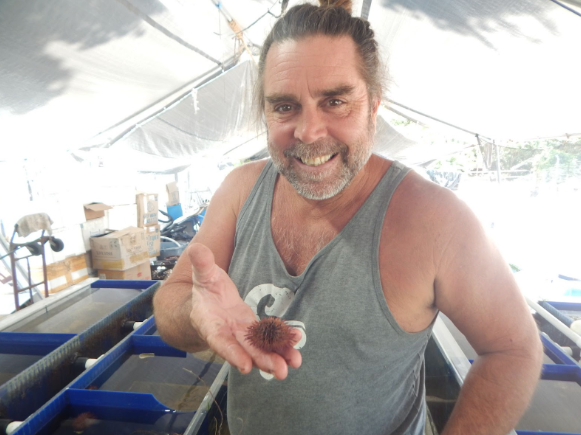Aquaculture advocate Taras Pleskun interviews a native Floridian who catches and collects saltwater fish and invertebrates for a living.
Please Introduce yourself, your background, and how you got into the marine collection/aquarium industry.
I’m a Florida native that grew up on the water. I started diving in the early 80s and worked with several artificial reef programs during the 90s. I then worked for a few wholesalers in the marine life industry.
I purchased my first collection license around 2010 and have acquired more for various species over the years. I collect and sell various marine organisms for the aquarium and ‘curio’ industries. I am based out of Clearwater, Florida.


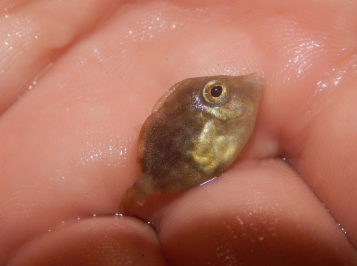
What species do you collect/work with?
I work with an array of creatures, collecting different species with the seasons and when specific orders are made. I collect lots of inverts! Sea urchins, shrimps, crabs, sponges, gorgonians, conchs, and snails are mainstays. I also collect smaller fish such as burrfish, scorpionfish, pipefish, seahorses, filefish, etc.
Over the last few years, I got into stingray collection and became licensed to harvest sharks. I can only house a small number of individuals at a time so I only collect these on demand.
Occasionally, I get requests for organisms that need special activities permits, requiring specific arrangements with the customer.
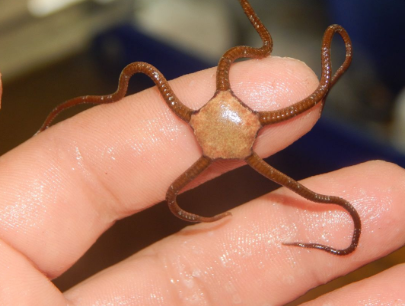
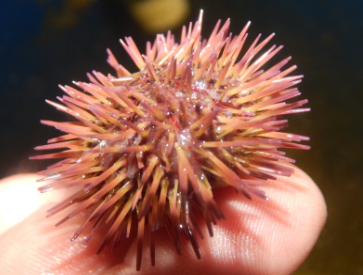

What methods do you use to collect marine life?
Various methods for various species. Many species I collect from shallow areas where push nets, seine nets and hand collection works. Cast nets can be used for some fish species, while sharks are best harvested with a rod and reel.
Some critters you need to dive for. This requires great care not to damage them throughout the journey to the surface. It is an enterprise that requires a variety of skills and tools to be good at.
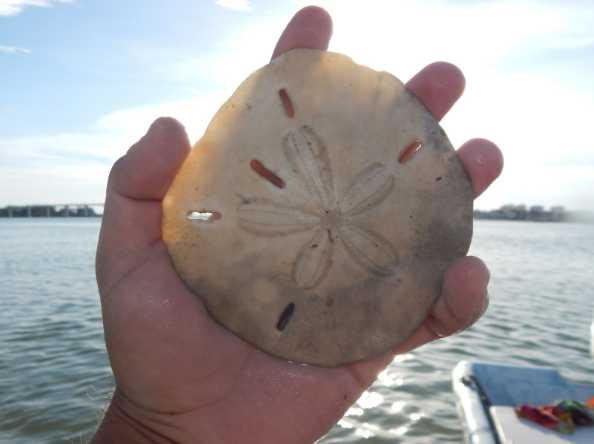
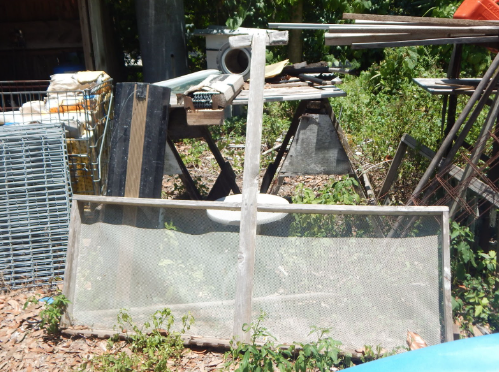
How do you house the marine life you collect?
I have a 1000+ gallon recirculating system at my facility. I do periodic water changes with wild ocean water and filter it with rough mechanical filtration and live rock. Mostly I let nature take care of itself and don’t overfeed and the water quality maintains.
When housing sharks and larger fish, I use large bags of carbon to compensate. The amount of water volume needed for the larger species is a big challenge. Whether it’s making my own salt water, or going down to the intercostal and harvesting live water. Both can be very costly.
For smaller fish and inverts, I have a series of acrylic cubicle units where things can be separated by compatibility. I also have a series of 500-gallon pools I can fill to house larger quantities of livestock or bigger specimens. It is important that I feed newly harvested marine life, as transfer is stressful and the first few days are the most important to keep specimens stable.
I feed some seafood items, but I like to introduce specimens to pellet feeds as soon as possible. Finding the proper diet for some critters can be a major challenge. It’s convenient to house things like herbivorous sea urchins as I have plenty of access to fresh seaweeds.
Ideally, nothing I collect spends more than a week or two in my system…having just enough time to gain some weight and recover from collection before being promptly transferred off to their final destination.
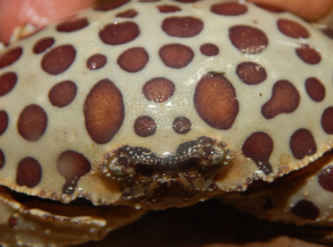
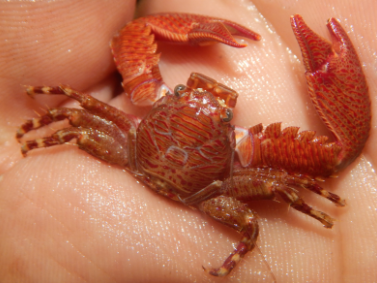
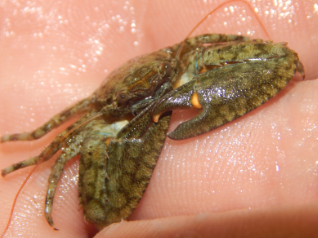
What are the challenges to collecting various species, like location, seasonality, etc?
I harvest from a bunch of different ecosystems from seagrass beds, sand flats, mangroves, and rocky reefs to the open ocean and 20+ feet underwater. Each environment comes with its own challenges, dangers, and rewards.
The time of year makes a huge difference along with water conditions, tides, temperatures, and wind. It may not be possible to go to certain collection sites if the weather is rough.
Prolonged heat waves can induce low dissolved oxygen levels in coastal areas, rendering them desserts for entire seasons. It can be easy to waste time hunting animals that will not make your money back.
Each boat or tool used to collect has to be maintained, otherwise, the best moments can be lost. It is a business that often keeps you on your toes. Most harvesting is opportunistic. And you always have to be prepared to collect whatever might be in abundance.
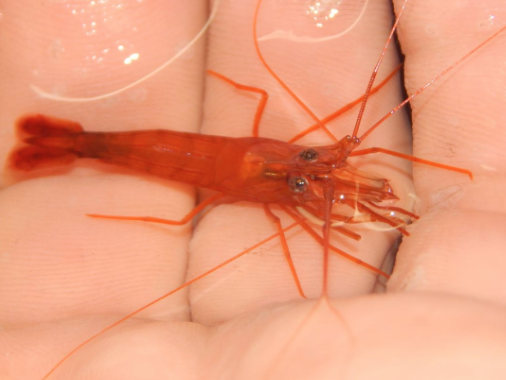
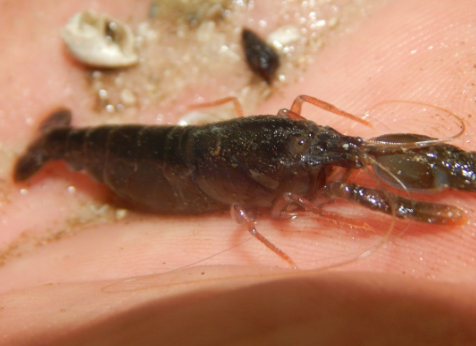
Can you give us some examples of institutions you work with?
I sell mainly to the wholesale aquarium industry. Animals from my holding tanks are transferred to wholesaler’s tanks where they can eventually end up in pet stores, public aquariums, research facilities, or international markets.
A portion of the specimens I collect go to the curio markets where they are dried and used for art/decoration.
I like to work directly with local educational facilities as well who need live ocean life for displays and outreach programs. I also have a growing interest in the potential of agri-tourism, where folks can pay to observe wild marine habitats!
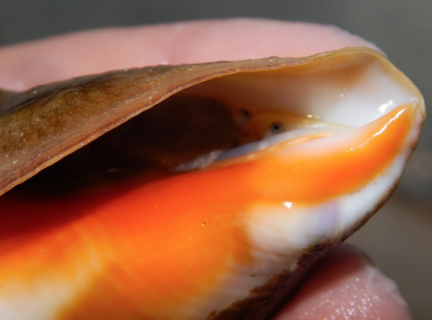

What are the challenges you face when housing/transporting larger species, like sharks and rays?
It is always a challenge doing wild harvest. You think the species are going to be there that you’ve targeted, but it’s not always the case. Cownose rays are one that is seasonal so any order I receive at a given time can not always be filled on a moment’s notice.
Communicating that to the customer is one of the challenges of this business. Once an animal is in your possession, you need to be able to organize rapidly with the customer to minimize travel time and overall stress to the animal.
Sharks and rays require a team of trained personnel, who know what they’re doing, in order to be transported successfully. Even though money is trading hands, everyone’s endgame business becomes the livelihood of the animal.
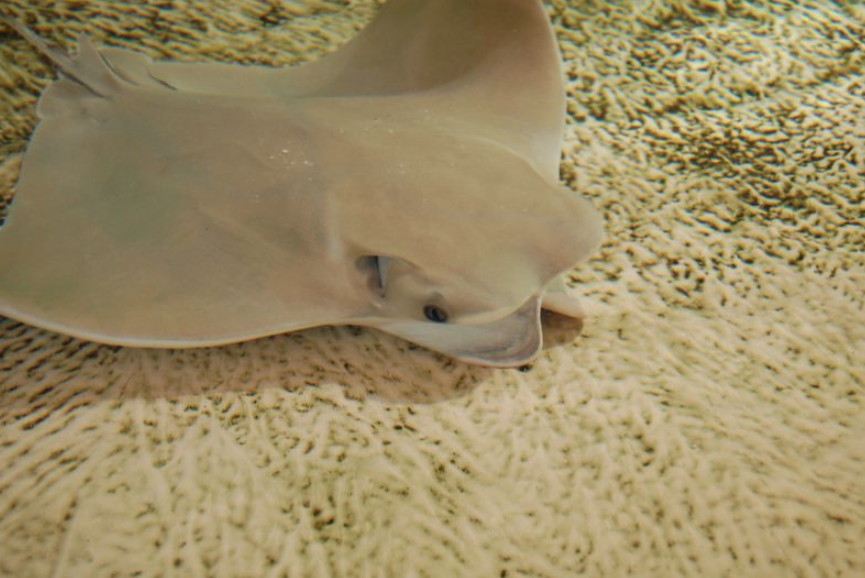
Are there any species you supply that you are interested in aquaculturing in the future?
The future will be in aquaculture. It’s already here. I’m trying to align myself with a submerged land lease in order to transfer my business away from wild collection and more towards commercial aquaculture.
Various species experience natural droughts in the wild and it would be nice to be able to offer consistent products year round. Several species of conchs, urchins, and shrimp already mate/spawn in my holding systems naturally. I would love to capitalize more on this by rearing out more of these critters.
I sometimes get requests for smaller inverts, but these require significantly more effort to collect than larger specimens. I would love to be able to offer various sizes without breaking my back.
I think in the future, wild collection will be more a way to collect adult specimens to breed critters for ourselves, than a way of relying on nature to provide entirely.
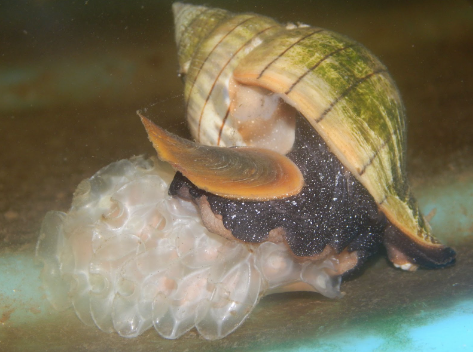
Do you think there is a significant benefit for the collection of marine organisms within US waters for local supply to US aquarium businesses?
It’s all about sustainability, not overharvesting and the perpetuation of the organisms that you’re making money on.
The good thing about wild collection is that it is a means for us to check in with these various ecosystems, looking for critters that may not otherwise be acknowledged.
Having an awareness of what is and is not there, and in what abundance, is crucial for humans to understand and protect the wild aquatic ecosystems that provide mine and so many other livelihoods.


